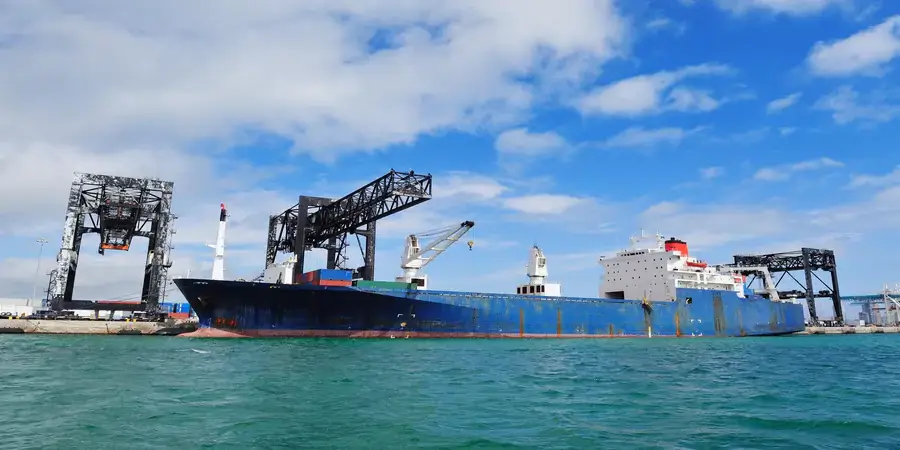A vessel is considered unseaworthy when it is not reasonably fit for its intended purpose. This does not only mean that the boat cannot float or move, or that it is filled with rust. It includes everything from the condition of its equipment to the qualifications of the crew.
It is the responsibility of shipowners to ensure a safe working environment on a seaworthy vessel with all parts and equipment working as intended.
Here are 5 key signs that a vessel may be unseaworthy:
Poor Maintenance of Critical Equipment
One of the most obvious signs of unseaworthiness is poorly maintained machinery or structural components. Engines that stall often and unreliable navigation systems are a red flag. Things like rusted hulls can show that a vessel is poorly maintained.
Regular maintenance is a legal and moral obligation. When basic systems fail to function as required due to negligence caused by poor maintenance, it puts everyone on board at risk. If a crewmember gets injured as a result, the owner could be held liable for failing to provide a safe working environment.
Missing or Inadequate Safety Equipment
Every vessel, regardless of its size, is required to have certain safety gear onboard. Life jackets, fire extinguishers, flares, lifeboats, and similar items are essential. If any one of these is missing, damaged, or expired, the vessel is considered unseaworthy.
In an emergency, the lack of proper gear can make a big difference between life and death. Therefore, safety equipment should not be taken lightly. Additionally, failing to equip a vessel properly can lead to severe penalties or lawsuits in the event of an accident.
Underqualified or Inexperienced Crew
Unseaworthiness extends to the people operating the vessel. If a ship is staffed with an underqualified or poorly trained crew, this can render it unseaworthy. For example, a captain who does not know how to navigate rough waters or a deckhand who is not trained to handle emergency procedures can turn a minor issue into a major disaster.
Maritime employers have the responsibility to hire competent and trained staff. If they do not, they may be exposing themselves to legal consequences.
Overloading or Improper Cargo Storage
A vessel might look fine on the outside, but if it is carrying too much weight or if the cargo is not secured properly, it can easily become a hazard. Overloading can make a ship unstable, harder to maneuver, and more prone to capsizing, especially in rough weather.
Additionally, poorly stored cargo can shift, damage the vessel, or injure crew members. This kind of negligence is another indication of unseaworthiness that can support a legal claim if an accident happens.
Structural Damage or Flaws in Design
Structural issues like broken watertight compartments or faulty bulkheads are a serious concern. Sometimes, these problems develop over time due to wear and tear, while other times, they come from poor design or manufacturing defects. Things like a lack of enough safety ropes or unprotected stairwells and inadequate railing can make a vessel unseaworthy.
Either way, if these issues go unresolved, they can compromise the vessel’s ability to operate safely. Regular inspections are required. Once again, if an owner ignores the clear signs of damage, they are failing their crew and going against the maritime law.
Conclusion
An unseaworthy vessel is more than just an inconvenience. It is a danger to everyone on board. The signs are often there for those who know how to look. If you have been injured on a vessel and you believe that its unseaworthiness played a role, speak to a maritime attorney and start pursuing compensation.













